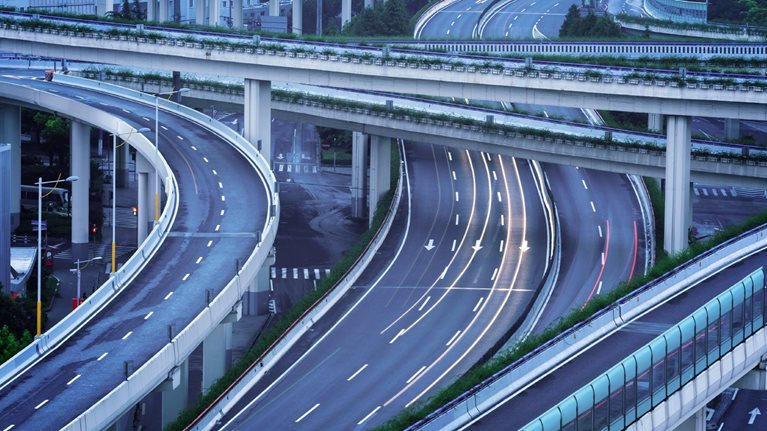As the global economy undergoes a series of transitions and strains in the years ahead, innovation will emerge in some unexpected places. Consider the case of infrastructure. Our analysis of historical and projected spending allows us to look directly at looming stresses in the form of dual financial pressures: the total spending needed to support the massive scale of maintenance, renewal, and new investment, as well as the degree of change this spending represents relative to GDP (exhibit).11.To project the level of infrastructure investment needed to cover depreciation and sustain future GDP growth, we analyzed historic infrastructure investments for more than 80 countries over two decades and infrastructure-stock levels as a share of GDP for different development stages. For more, see “Infrastructure productivity: How to save $1 trillion a year,” McKinsey Global Institute, January 2013; and Yougang Chen, Stefan Matzinger, and Jonathan Woetzel, “Chinese infrastructure: The big picture,” McKinsey Quarterly, June 2013.
The United States, which has long neglected its infrastructure and faces a massive absolute and relative tab, is one place where pressures for innovation are building. Latin America and India, which have underinvested in the type of cutting-edge infrastructure required to support projected growth, will also need to think creatively. Both have to step up financing by more than two percentage points relative to GDP and to increase their total spending sharply (by factors of four and six, respectively). These challenged countries will need to dream up new ways to curb spending, boost financing, and counteract bottlenecks in planning and execution.
Both the massive scale of infrastructure investment needed and
the degree of change in required spending relative to GDP diverge
significantly across countries.

By contrast, while China’s total needs are huge, its aggressive spending in recent years has exceeded the level required to support growth going forward and is probably unsustainable. That’s also true in Japan. Overall, we estimate that countries could reduce required spending by as much as 40 percent by seeking out innovative approaches that build on global best practices such as selecting projects more thoughtfully, streamlining their delivery, and using existing infrastructure more productively.


